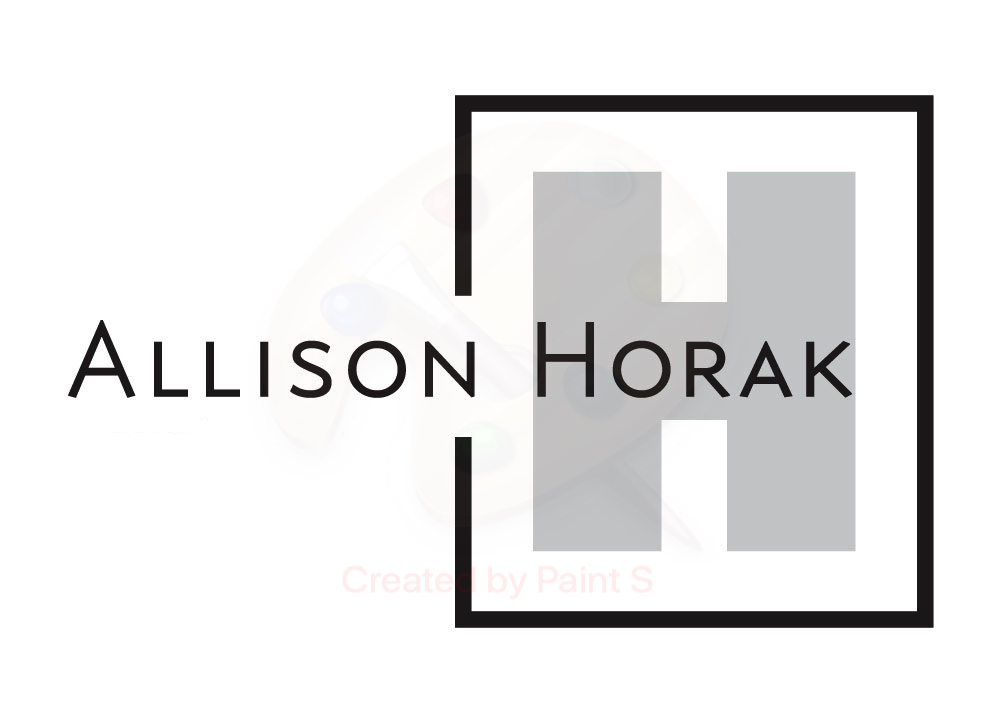Last month, I reviewed Daniel Pink’s book, “When” on LinkedIn; I found the book full of useful insights about the control we can exert over timing and its effects on our lives. This week, to ring in November (arguably the month we’re most outwardly thankful), I’m focusing on one suggestion in Pink’s book.
In his section about endings, Pink offers an idea for wrapping up our workday:
Begin by taking two or three minutes to write down what you accomplished since the morning. … [W]ithout tracking our “dones,” we often don’t know where we’re progressing. Ending the day by recording what you’ve achieved can encode the entire day more positively.
Then, Pink adds:
Bonus: If you’ve got an extra minute left, send someone—anyone—a thank-you email.
He explains that gratitude is a powerful restorative, as well as a form of elevation. In other words, ending your day by choosing to think of it as something to be thankful for causes you to see the whole day differently—and makes you more optimistic about tomorrow. This idea spoke to me as something simple, easy to implement, and impactful.
Is there an art to writing a thank you note?
To answer that question, I turned to a different book—one I often consult for tricky business writing matters: Lynn Gaertner-Johnston’s “Business Writing with Heart: How to Build Great Work Relationships One Message at a Time.” One topic she covers in depth is writing thank you messages. Here’s my take on some of her advice:
- Write promptly.
Sincere thanks are welcome anytime, but writing promptly helps you, the author, because the details are fresh in your mind
2. Be sincere and specific.
“Good job” is rarely enough to really capture the essence of an act. Think about sharing the impact of the other person’s actions on you. Hint: Your thank-you note should include the word “because.” For example, “That meant a lot to me because…,” “I appreciated your gesture because …,” etc.
3. Say thank you warmly.
Always use the other person’s name as a greeting. And embrace the personal pronouns “I” and “you,” rather than the passive voice that doesn’t attribute an actor. For instance, spot the difference in these two thank-you messages:
The support is appreciated.
- We appreciate your support and financial contribution to our cause.
- With little effort, the first sentence, written in the passive voice, resurrects in the second example as a genuine, person-centric note of recognition.
4. Say thank you without saying please.
When you thank, don’t couple it with a request of any kind. That detracts from your message and causes your reader to question your motives.
5. Match your effort to the reason for the thanks.
A trite or canned thank-you can come across as insensitive if the actions the other person took were laborious or time-intensive. For example, a one-sentence text message might seem incongruent to a person who spent hours editing your 30-page document. Your effort in drafting a note of thanks should mirror the effort the recipient exerted in the task you’re thanking them for.
If you’re looking to reach out to employees with a holiday note of gratitude, consider an email like this:

Here’s a simple way to engage with your existing customers around Thanksgiving:

But what about expressing gratitude the rest of the year? Remember that Dan Pink’s advice about ending the day with a note of gratitude doesn’t have to be a big undertaking. Keep it short—and remember that brief isn’t necessary brusque. With a little bit of effort, “Thx” (too casual for business correspondence) can be transformed into something meaningful (yet still quick). Check out these examples, also inspired by Lynn’s book:
- Thanks so much for the information. You’re awesome!
- Thank you for responding so fast to my question.
- Your voicemail was helpful and human—thank you!
- Thanks! I appreciate your flexibility.
How do you express your thankfulness to others at work? Leave a comment and inspire others toward an attitude of gratitude. (And thank you for reading this article!)


Recent Comments